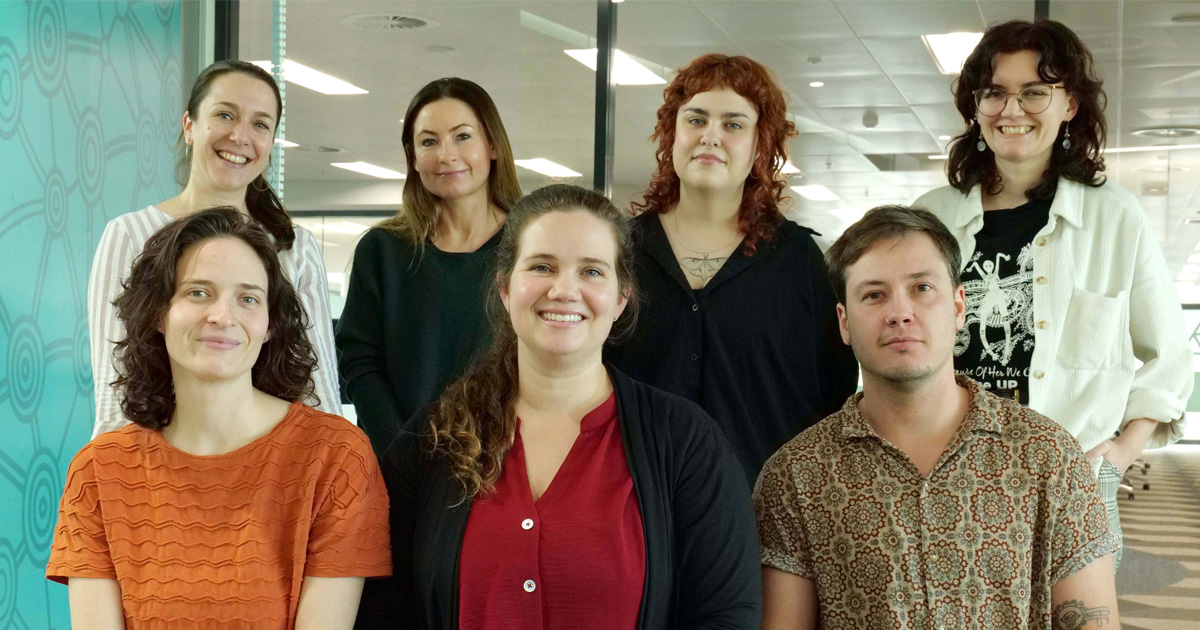Search
Research
Evidence that infant and early childhood developmental impairments are associated with hallucinatory experiences: Results from a large, population-based cohort studyCognitive and motor dysfunction are hallmark features of the psychosis continuum, and have been detected during late childhood and adolescence in youth who report psychotic experiences (PE). However, previous investigations have not explored infancy and early childhood development.
Research
Strengthening student social and emotional wellbeing and preventing bullying behaviours: Insights from 20 years of Friendly Schools research in Australian schools.Strong evidence supports our current understandings of student bullying behaviours and ways schools can prevent and respond effectively to bullying behaviour. In the late 1990’s, however, little was understood about the most effective ways to reduce bullying in Australian schools. In response to schools’ need for evidence-informed action, a pipeline of research called Friendly Schools was initiated in 1999 which for the past twenty years, has provided robust whole-school evidence-based knowledge and skills to support policy makers, school staff and other practitioners working in schools and families across Australia.


News & Events
Trans Pathways update to begin following Embrace Big Idea winTrans Pathways is set to receive an update in the lead-up to the ten-year anniversary of the release of this seminal study by The Kids Research Institute Australia.
Research
“We Need Community-Centred, Strongly Ethical Genetic Research”: A Qualitative Investigation of Community Attitudes Toward Autism GeneticsAutism genetics has historically attracted a substantial proportion of autism research funding internationally. However, more recently, several controversies centered on ethical conduct and lack of community consultation have emerged. This has triggered Autistic-led protests for the functional and meaningful inclusion of Autistic voices in the research design.
Research
The Luminos Project: Co-Designing a Short-Stay Suicide Support Model for Young PeopleSuicide was the leading cause of death among young Australians aged 15-24 years old in 2023, with 392 lives lost. The continued high numbers of youth suicide demand urgent exploration of alternative approaches to suicide intervention in this population. The United Kingdom-based suicide service Maytree offers an innovative short-term stay for people experiencing suicidal thoughts. Grounded by the Maytree model-of-care, the aim of the current study was to co-design a short-stay service responsive to the specific needs of suicidal young people.
Research
Eating and exercise experiences of Australian trans and gender diverse folks: lived experience and stakeholder perspectivesTrans individuals face elevated health risks and socio-environmental challenges, influencing their engagement in health-protective behaviors (e.g. exercise and nutrition). Despite these challenges, there is a significant gap in understanding the specific eating and exercise experiences of Australian trans adults, including barriers to healthy behaviors and healthcare experiences. This study aims to address this gap by exploring these experiences, informing targeted interventions and healthcare practices to improve health outcomes.
Research
Loneliness and Emotional and Externalizing Problems in Early Adolescence: Moderating and Mediating Effects of Coping SkillsLoneliness is an unavoidable facet of human existence. When chronic and intense, adolescent loneliness is associated with maladjustment over time. A prospective multiple-cohort study examined the links between child-reported loneliness and coping skills and parent-rated child mental health in early adolescence, with a total of 266 students from 75 primary and 152 secondary schools.
Research
Mental Health Problems Among Indonesian Adolescents: Findings of a Cross-Sectional Study Utilizing Validated Scales and Innovative Sampling MethodsThis study aimed to estimate the prevalence of mental health problems and identify potential risk and protective exposures for adolescents in Indonesia. An innovative sampling approach was applied to simultaneously recruit school- and community-based adolescents aged 16-18 years old from Jakarta (urban megacity) and South Sulawesi (remote province).
Research
Trauma-informed prevention programmes for depression, anxiety, and substance use among young people: protocol for a mixed-methods systematic reviewMental ill-health and substance use bear a substantial burden and harm on young people and often arise from co-occurring and compounding risk factors, such as traumatic stress. Trauma-informed prevention of mental ill-health and substance use demonstrates significant promise in reducing this burden.
